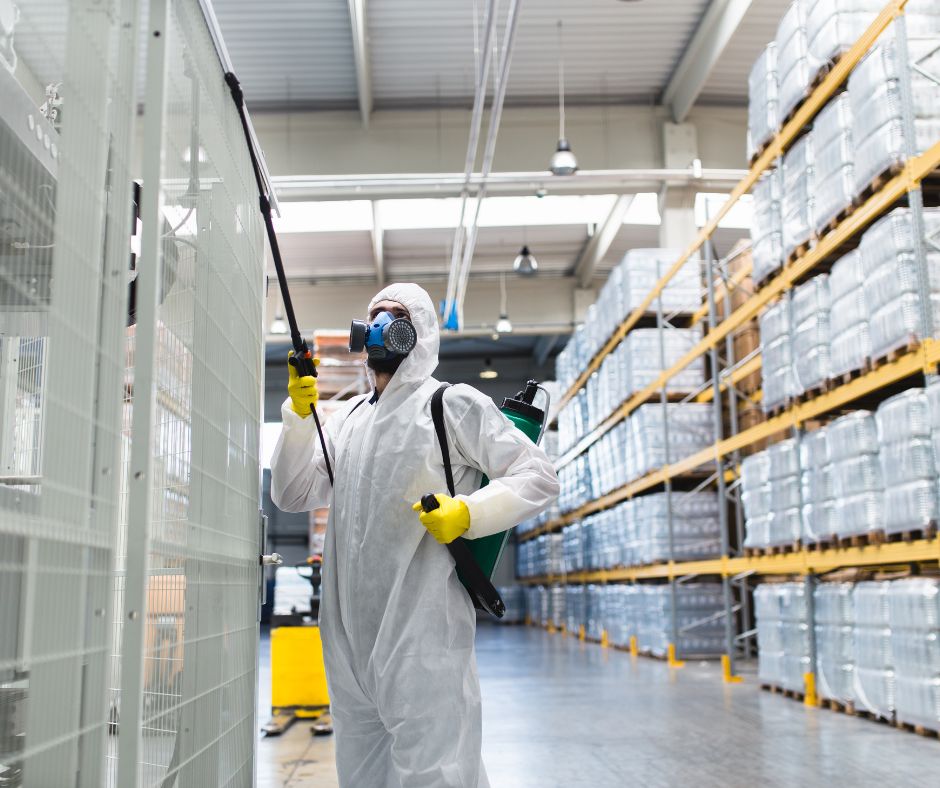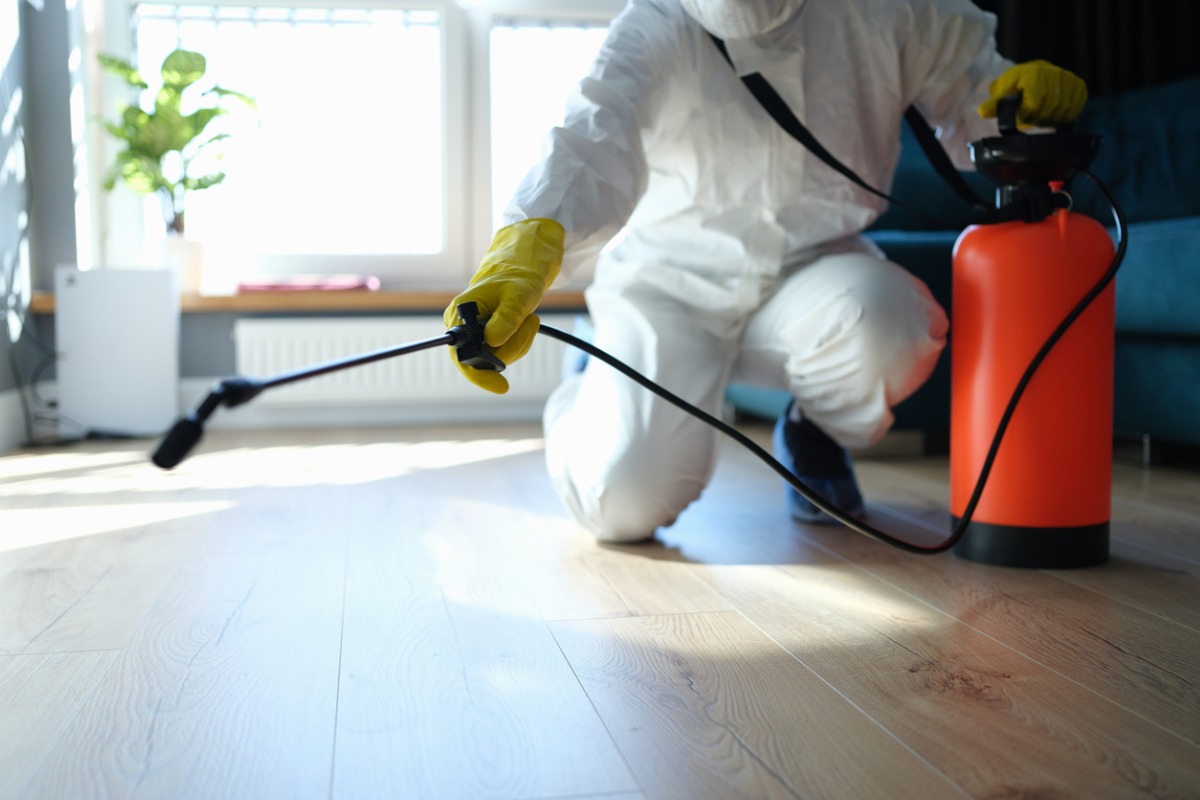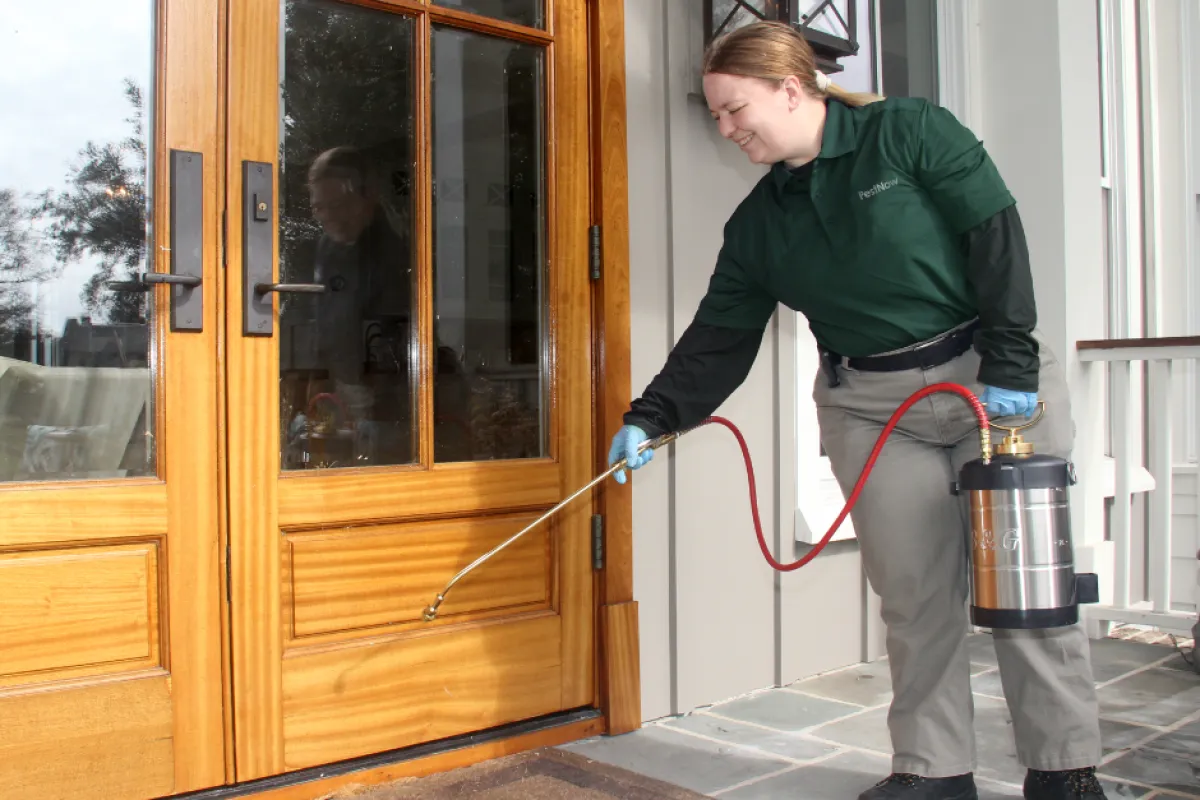Professional Mosquito Control Services for a Relaxed Outdoor Living Space
Discover the current Advancements in Parasite Control and How to Execute Effective Treatment Solutions
In recent years, the field of pest control has actually experienced considerable advancements, driven by the need for efficient and lasting therapy services. Ingenious methods such as Integrated Insect Administration (IPM) integrate green methods with advanced technology, boosting both efficacy and environmental responsibility.
Eco-Friendly Insect Control Options
Over the last few years, the need for environment-friendly bug control options has actually risen as home owners and organizations alike seek sustainable alternatives to conventional chemical treatments. This shift is driven by expanding environmental recognition and a need to lessen the health and wellness risks associated with synthetic pesticides.

Environmentally friendly insect control approaches incorporate a series of approaches that prioritize making use of all-natural materials and techniques. Integrated Insect Management (IPM) is one such technique, combining organic, social, and mechanical strategies to handle parasite populations while decreasing dependence on chemicals (Wildlife removal services). This all natural technique highlights avoidance via habitat adjustment and the introduction of natural killers, consequently fostering a well balanced ecological community
Another popular choice is making use of botanical chemicals originated from plants, which often tend to be much less hazardous to non-target organisms. Products like neem oil and diatomaceous earth have gotten traction for their efficiency in managing insects while presenting very little risks to human health and the environment.
Additionally, exemption methods, such as sealing entrance points and preserving cleanliness, play a vital duty in environment-friendly pest administration. By adopting these sustainable practices, organizations and individuals can effectively take care of parasites while promoting a much healthier earth for future generations.
Smart Technology in Pest Administration
Innovation is improving the landscape of pest management, with smart innovation emerging as an essential pressure in enhancing effectiveness and performance - Wildlife removal services. The assimilation of Internet of Points (IoT) tools, expert system (AI), and data analytics is changing just how insect control experts come close to problems
Smart traps geared up with sensors can find pest task in real-time, sending out instant signals to drivers. This permits prompt reactions, lessening damage and lowering the need for considerable therapies. Furthermore, AI formulas analyze historical data to anticipate pest habits, allowing positive treatments based upon ecological problems and infestation patterns.
Drones and automated cars are also playing a significant function in insect monitoring, supplying aerial evaluations of big locations, recognizing hotspots, and even dispersing targeted treatments. These technologies not only improve operations yet also boost safety and security by limiting human exposure to potentially harmful chemicals.
In addition, mobile applications encourage customers to keep track of pest task and accessibility professional advice, fostering a collective approach to pest monitoring. In general, the fostering of clever innovation is establishing a new requirement in insect control, highlighting data-driven decisions and sustainable techniques that ultimately benefit both house owners and experts alike.
Integrated Insect Administration Approaches
Integrated Insect Monitoring (IPM) utilizes an all natural strategy to pest control, combining different methods to successfully handle parasite populaces while minimizing risks to human wellness and the atmosphere. IPM focuses on comprehending the pest life cycle, their natural opponents, and the community in which they prosper.
One of the fundamental components of IPM is monitoring pest populaces with routine examinations and information collection. This permits the recognition of insect limits, identifying when treatment is necessary. Social techniques, such as crop environment, rotation, and hygiene control, are crucial in reducing parasite frequency and advertising plant wellness.
Mechanical controls, consisting of traps and barriers, are additionally essential in IPM. These techniques can physically eliminate or deter parasites without making use of chemicals. When necessary, the cautious application of chemical controls is employed, concentrating on targeted therapies that lessen ecological influence.
Education and learning and cooperation amongst stakeholders, consisting of farmers, parasite control experts, and the area, are essential for the effective implementation of IPM strategies. By focusing on lasting techniques, IPM not only addresses pest problems yet also cultivates a much healthier environment.
Biological Control Approaches
Many biological control methods are increasingly acknowledged for their effectiveness in taking care of insect populaces while advertising ecological balance. These methods harness all-natural predators, bloodsuckers, and microorganisms to reduce pest numbers without relying upon synthetic chemicals. For instance, the introduction of ladybugs can successfully wasp pest control regulate aphid populaces, while nematodes target soil-dwelling pest larvae.
Furthermore, the use of microbial chemicals, such as Bacillus thuringiensis (Bt), gives an eco-friendly alternative for taking care of caterpillar insects. These items particularly target pest types, minimizing damage to advantageous insects and pollinators. Conservation biological control stresses improving habitats for natural opponents, such as birds and valuable insects, consequently urging their existence in agricultural systems.
Study remains to disclose cutting-edge techniques within this field, such as using pheromones to disrupt pest breeding patterns or the advancement of biocontrol representatives through genetic engineering. Implementing these approaches can result in lasting parasite management methods that minimize the reliance on chemical interventions, inevitably cultivating much healthier ecosystems. As understanding of these techniques grows, they are coming to be indispensable elements of incorporated parasite management (IPM) strategies, offering an equilibrium in between reliable bug control and ecological stewardship.
DIY Parasite Control Solutions
As home owners seek effective ways to tackle bug issues, do it yourself insect control solutions have acquired popularity for their ease of access and cost-effectiveness. These techniques encourage individuals to deal with invasions utilizing readily offered materials and strategies, commonly without the requirement for specialist intervention.

Furthermore, keeping correct browse around these guys sanitation and routine examinations can avoid bug access and nesting (Wildlife removal services). Simple practices, such as sealing splits, getting rid of food sources, and decluttering, can significantly diminish pest populations. Traps, both homemade and readily readily available, can additionally use reliable remedies for monitoring and regulating details pests like rodents or insects

Final Thought
The assimilation of environmentally friendly parasite control alternatives, smart innovation, and ingenious management methods provides a thorough method to reliable insect administration. By embracing Integrated Bug Administration (IPM) and making use of organic control techniques, together with DIY options, accountable and sustainable bug control can be accomplished. These developments not just improve the efficiency of pest management practices yet also add to a much healthier environment. Carrying out these techniques promotes a well balanced community while successfully resolving pest populaces.
Environmentally friendly parasite control methods incorporate a variety of strategies that prioritize the usage of natural substances and techniques. Integrated Insect Administration (IPM) is one such approach, combining biological, cultural, and mechanical tactics to take care of bug populaces while decreasing dependence on chemicals. As recognition of these techniques grows, they are ending up being integral components of integrated parasite management (IPM) approaches, using an equilibrium in between reliable pest control and ecological stewardship.
The assimilation of environmentally friendly parasite control alternatives, clever technology, and innovative management approaches presents a thorough strategy to reliable pest management. By embracing Integrated Bug Administration (IPM) and utilizing organic control techniques, along with DIY services, lasting and liable bug control can be achieved.